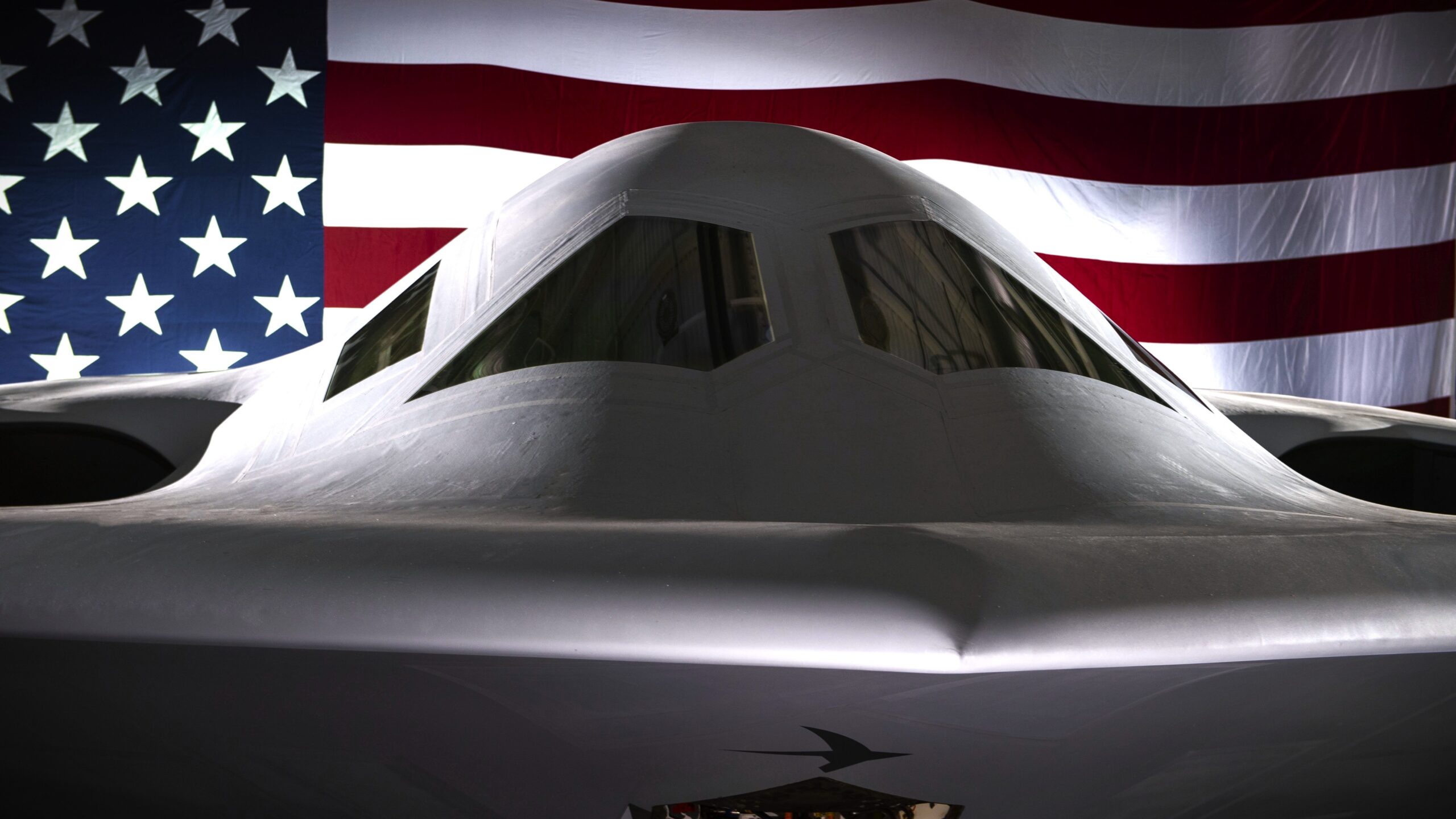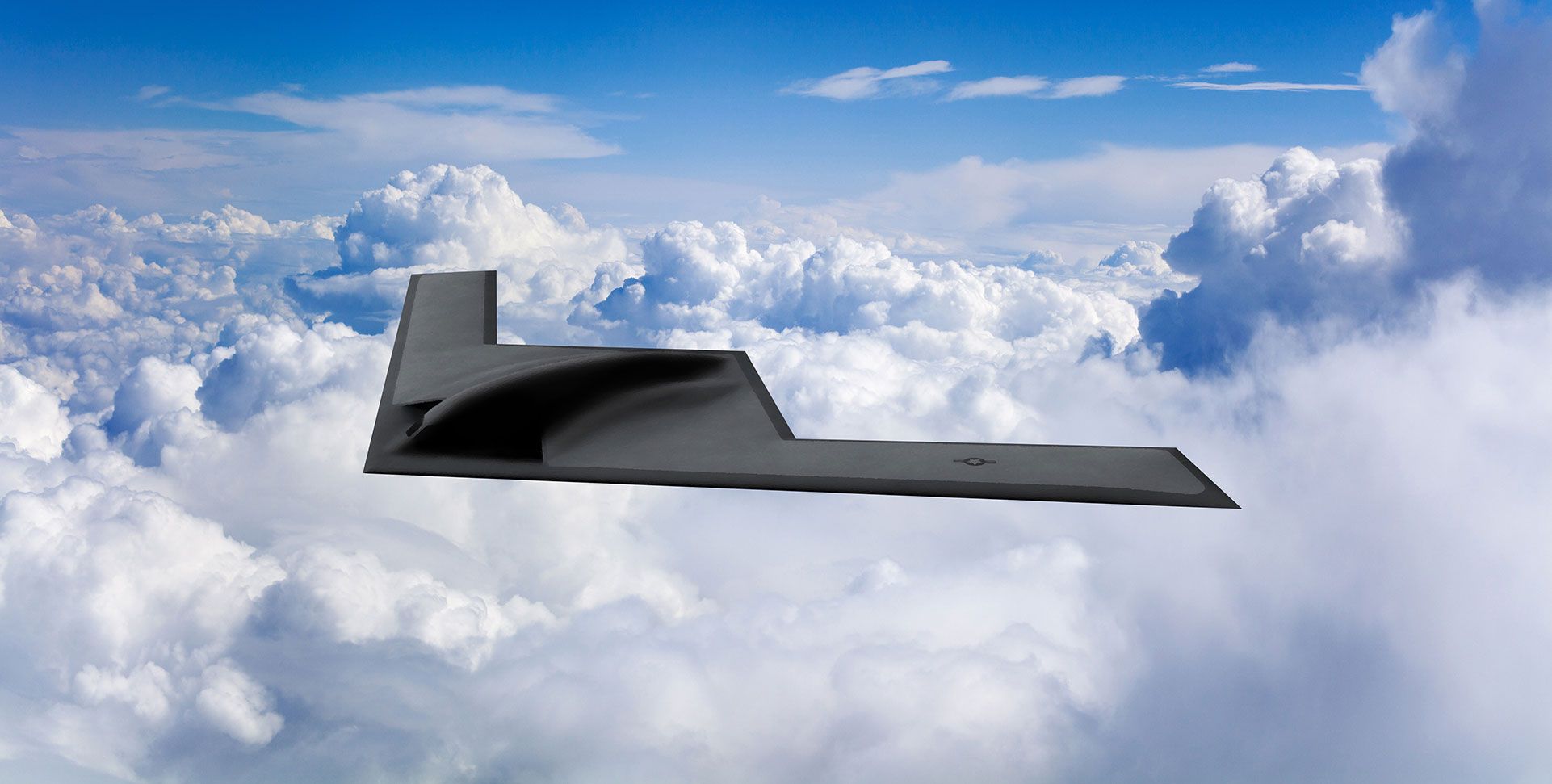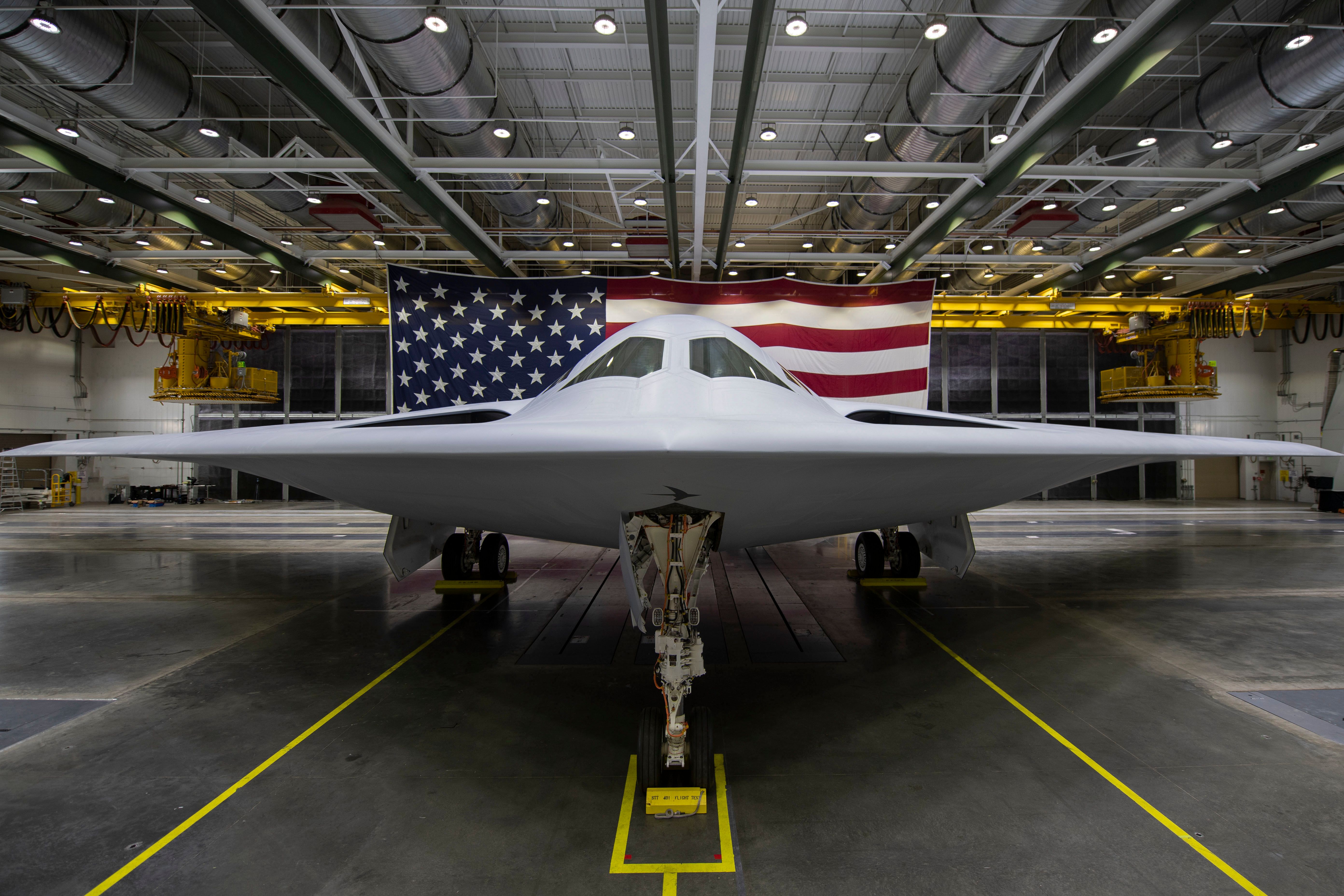Summary
- The B-21 Raider is not just a bomber but a versatile platform that includes new technologies like open architecture, communications facilities, sensors, and efficiencies.
- The B-21 Raider is designed digitally, making it easier to simulate building flight characteristics and order spare parts. This reduces risk and lowers sustainment costs over the life of the program.
- The name “Raider” honors the Doolittle Raiders from World War II and signifies the B-21’s role in penetrating heavily defended airspace, attacking targets, and serving as a communications node and sensor truck.
The US Air Force’s new B-21 Raider will be more than just another stealth bomber. The Northrop Grumman B-21 Raider will feature new technologies such as open architecture, communications facilities, sensors, and efficiencies in a package intended to honor the World War II Doolittle Raiders.
More than just another bomber
One should remember that The War Zone on Jan. 11 reported the B-21 Raider as more than just a penetrating bomber, but additionally a communications node, sensor platform with a powerful radar, and potential electronic attack platform. Plus, the B-21 is intended to work with unmanned platforms for intelligence and strike – thereby force-multiplying the B-21 so that if war starts, then the US Air Force can sneak in, find targets to eliminate, and deposit precision weapons on those targets.
Photo: Northropp Grumman
As Maj Gen Larry Stutzriem, USAF (Ret.), Director of Research, The Mitchell Institute explained on the “The Aerospace Advantage” podcast episode 128 with abridgment for clarity;
The aircraft is nothing like the combat footage we see in World War Two documentaries or even in the Cold War. … So, the Air Force adds with the B 21 to the enduring features of range and payload things like advanced sensors, advanced processing power, and ways to connect into networks. All this makes it a highly collaborative aircraft with other aircraft and other players in the combat space.
One can listen to The Aerospace Advantage podcast below for more enlightening thoughts on the B-21’s possibilities:
Designed digitally
The B-21 is also the first US bomber designed digitally. This means the blueprints are electronic, the directions to cut pieces to assemble are electronic, and therefore, it’s much easier to simulate building, flight characteristics, and stealth characteristics. It’s also much easier to order spare parts, which will be critical to the B-21 Raider’s life.
As Doug Young, sector vice president and general manager, Northrop Grumman Aeronautics Systems, explained in a September 21, 2022 Northrop Grumman statement,
“The B-21 Raider is a true digital native, and this data rights agreement, coupled with the cloud-based digital twin, allow us to drive down risk in the EMD [Engineering and Manufacturing Development] phase, will enable rapid capability upgrades and lowers sustainment cost over the life of the program.”
With the goal of building not just one production-representative aircraft that had its first flight on November 10 but at least 100 production aircraft – the B-21 Raider will have to be more efficient to produce and maintain than its immediate predecessor, the B-2. The high B-2 production and sustainment costs capped the buy at 20, far fewer than intended.
According to the November 10 The War Zone, the first B-21 has to come with additional test sensors, such as an air data probe sticking in front of the nose. Additionally, an air data ‘trailing cone’ used to capture ‘clean’ static air measurements was towed behind.
Why the name Raider?
The decision to name the B-21 the Raider is intended to honor the Doolittle Raiders who took B-25 Mitchell bombers off of the USS Hornet to bomb the Japanese Empire on April 18, 1942, at significant range to retaliate for the Japanese sneak attacks of December 7, 1941. As Northrop Grumman explains, the raid not only shifted momentum to force the Japanese Empire to invest in homeland defense but was also a “catalyst to many future innovations in US air superiority from land or sea.” Hence, the name Raider, even though the B-21 Raider will not be able to fly off any current US or allied aircraft carriers.
Photo: USAF
Bottom line
The B-21 Raider is intended to allow the US Air Force to have most of its future bomber fleet penetrate heavily defended airspace at range and attack targets if war comes. But the B-21 can also fly high over hostile airspace, serving as a communications node, a sensor truck finding targets like mobile missile launchers, and perhaps conducting other non-kinetic missions. The B-21 symbolizes the transformation from the days when bombers just… bombed.
What are your thoughts? Please feel free to share in the comments
Sources: Jan. 11 The War Zone, Northrup Grumman B-21 Raider, Nov. 10 The War Zone



